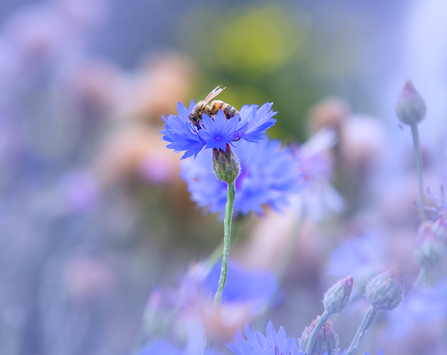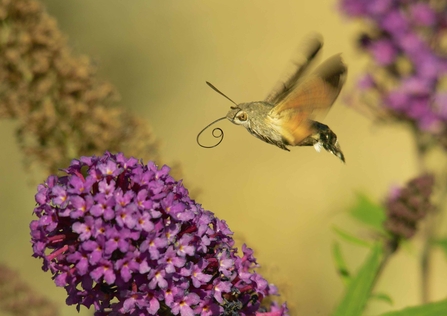There is always a dilemma when creating a garden, however large or small your outdoor space is. It’s a tricky balance to achieve – do you leave it messy and let nature come to you, or plant exotic species found abroad for an aesthetic appeal?
Well, there are ways, if you have the right knowledge, to take the best of both worlds and attract countless critters and even something rare. I have often seen gardens with no consideration for supporting nature, whose space is merely filled with an endless sea of concrete slabs or artificial grass, so planting anything is a start. Hopefully, once you’ve finished reading this, you’ll have a far greater understanding of what makes a garden ‘wild’.
A couple of years ago, my grandparents acquired some extra land at the back of their coastal dwelling in Gorleston. My nan has always prided herself, and rightly so, on how her garden looks, and immediately set to work planting bulbs. But this time she did something a little different: she took a small area of just a few square metres and ‘threw in’ some wildflower seed. Two springs on, it is teeming with colourful flowers and humming with the sound of bees. It has beautiful sapphire cornflowers, carmine-red poppies and spindly, moss-like whorls of love-in-a-mist, and more.



